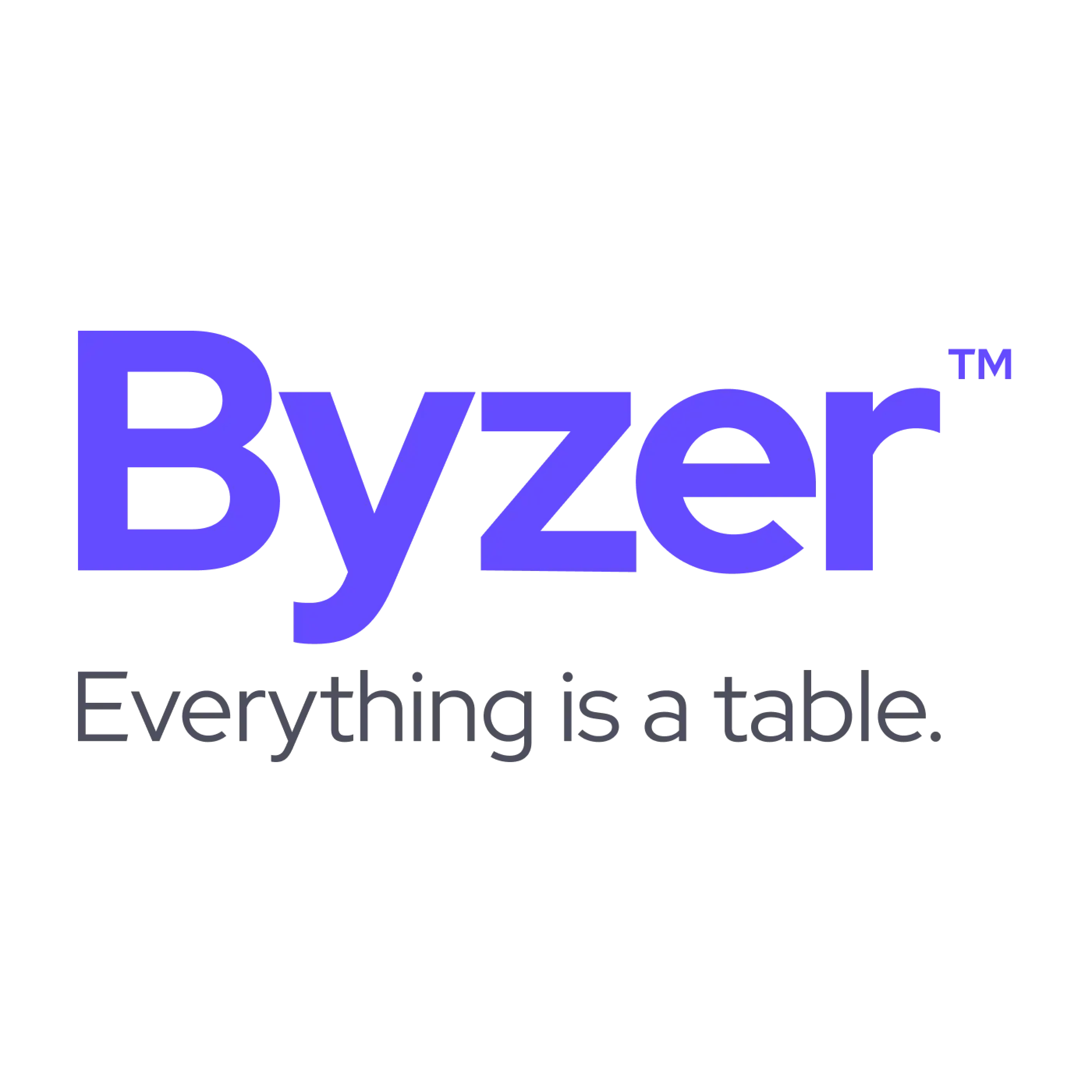构建基于大模型问答知识库
Byzer 给知识库的全称定义是:使用用户私有数据基于大模型的问答知识库。这里有三个定语:
- 用户私有业务数据
- 基于大模型
- 问答模式
其核心能力,是大模型阅读业务数据,然后根据自己的理解回答用户的问题。让用户使用业务数据更加简单。
涉及到两个标准动作:
- 从业务数据自动召回上下文
- 大模型基于上下文回答用户问题
构建知识库分成两部分:
- 构建向量存储:将业务数据切割成一个一个chunk,每个chunk 通过大模型转化为向量表示,并且存储起来
- 查询: 将用户问题转化为向量,召回chunk, 然后将chunk和用户问题一起给到大模型,大模型进行回复
Byzer-LLM 可以使用SQL 完成上述标准流程。
启动大模型/embedding服务
!byzerllm setup single;
run command as LLM.`` where
action="infer"
and pretrainedModelType="chatglm"
and localModelDir="/home/winubuntu/projects/glm-model/chatglm-6b-model"
and reconnect="false"
and udfName="chatglm_chat"
and modelTable="command";启动一个大模型。我们在后续的构建向量或者查询过程中都会使用到这个模型。注意这里,可以通过修改配置:
!byzerllm setup "maxConcurrency=1";来控制该模型能够提供的并发能力。当起作为 embedding 服务时,默认单并发难以满足实际需求。
构建向量存储
加载一个影视数据:
load csv.`/tmp/upload/电影_A.csv`
where header="true" and inferSchema="true"
as movies;
select title,concat(subtitle," ",subtitle2," ",`desc`) as content,actor, style,`地区` from movies
as movies2;
select title as source, concat("影片标题:",title," 演员列表:",actor," 描述:",content,"类型:", style) as page_content from movies2
as newData;
select * from newData where length(page_content)!=0 and length(source) != 0 as newData2;
最后我们得到了 newData2 表。请确保该表只有两个字段,source 和 page_content 字段。
现在让我们把这些影视数据全部构建成向量:
!byzerllm setup single;
-- run newData2 as TableRepartition.`` where partitionNum="2" as newData3;
select * from newData2 as newData3;
-- 使用业务数据构建向量数据库
run command as LLMQABuilder.``
where inputTable="newData3"
and localPathPrefix="/my8t/byzerllm/jobs"
and batchSize="0"
and embeddingFunc="chatglm_chat"
and chatFunc="chatglm_chat"
and outputTable="movies_vec_store_glm";
-- 保存到数据湖
save overwrite movies_vec_store_glm as delta.`ai_model.movies_vec_store_glm`;下面是 LLMQABuilder 的详细参数说明。
| Parameter | Description |
|---|---|
| localPathPrefix | 指定程序运行时的临时文件目录,默认为 /tmp |
| embeddingFunc | 指定embedding 服务的函数名称 |
| chatFunc | 指定对话模型服务的函数名称 |
| chunkSize | 指定对 page_content 字段的切割长度,默认生成长度为 600 的chunk |
| chunkOverlap | 不同chunk之间的重叠程度。默认为 0 |
| inputTable | 输入表 |
| outputTable | 输出的向量文件表 |
现在,我们已经构建完向量存储,并且将文件保存到了数据湖。
关于构建性能,你可以对数据指定分片数目,这个数目最好对应 embedding服务的并发数目。 比如,假设我们 embedding 服务的并发度 为2,那么你可以通过下面的语句把我们的数据切分成两份,然后将新表传递给 LLMQABuilder
run newData2 as TableRepartition.`` where partitionNum="2" as newData3;部署知识库服务
!byzerllm setup single;
!byzerllm "num_gpus=0";
-- 加载向量数据
load delta.`ai_model.movies_vec_store2` as movies_vec_store_model;
--- 部署
run command as LLM.`` where
action="infer"
and reconnect="false"
and pretrainedModelType="qa"
and localPathPrefix="/my8t/byzerllm/jobs-t"
and modelWaitServerReadyTimeout="300"
and embeddingFunc="chatglm_chat"
and chatFunc="chatglm_chat"
and udfName="movice_qa"
and modelTable="movies_vec_store_model";下面是部署的详细参数:
| Parameter | Description |
|---|---|
| localPathPrefix | 指定程序运行时的临时文件目录,默认为 /tmp |
| embeddingFunc | 指定embedding 服务的函数名称 |
| chatFunc | 指定对话模型服务的函数名称 |
| pretrainedModelType | 指定模型名称。这里固定为: qa |
| udfName | 指定知识库的函数名字 |
| modelTable | 指定之前我们构建好的向量文件 |
使用知识库
在完成构建,部署知识库后,现在可以使用知识库了。
set template="假设你是一位影视剧推荐官,你需要在我给的影视剧列表中寻找我询问的内容。下面是我给出的影视剧列表:\n {context} \n 请根据我的描述查找合适的影片。我的描述是:{query}。请只输出影片标题。" where scope="session";
select movice_qa(array(to_json(map(
"instruction",'我想看李连杰的电影',
"k","5",
"temperature","0.1",
"max_length", 8192,
"strategy", "full_doc",
"prompt","${template}"
)))) as response as output;在上面这段代码中,我们设置了一个模板。其中里面有四个变量:
- context ,这里会填充系统通过向量检索得到的影视数据,就是前面提到的chunk。
- query, 这里自动回填充用户的问题,就是 instruction 字段指定的值。
- max_length, 指定 token 最大值。
- strategy, full_doc 取命中数最大的文档作为 LLM 问题的上下文。
最终渲染得到的一个完整文本会发送给大模型 chatglm_chat。
我们通过前面注册函数 movice_qa 和知识库进行交互。可选参数:
- instruction 用户的问题
- k 召回上下文的条数。不同模型的token限制不同,所以需要用户自己调整。
- temperature, 回答的稳定性。推荐设置为 0 保证每次结果一致。
- prompt 模板。你也可以把 template 字段里的值直接填充到 prompt 里去。
如果你想看召回的结果是什么样子的,也就是前面提到的 context, 你可以使用如下SQL 进行获取:
set template="假设你是一位影视剧推荐官,你需要在我给的影视剧列表中寻找我询问的内容。下面是我给出的影视剧列表:\n {context} \n 请根据我的描述查找合适的影片。我的描述是:{query}。请只输出影片标题。" where scope="session";
select movice_qa(array(to_json(map(
"instruction",'我想看李连杰的电影',
"k","5",
"prompt","${template}",
"hint","show_only_context"
)))) as r as result;
select from_json(r[0],'array<struct<labels:string,predict:string>>')[0] as nr from result as finalResult;
select explode(from_json(nr.predict,'array<struct<score:double,content:string>>')) as nr from finalResult as jsonTable;
select nr.score, nr.content from jsonTable order by score asc as output;
这里,我们多了一个 hint 字段,该字段目前支持两个值:
- show_only_context 只获取向量查询结果
- show_full_query 不仅展示回答,还要显示问题,同时还要展示向量查询耗时,问答耗时等信息
这两个hint 都是为了方便调试使用。
更多推荐
 已为社区贡献106条内容
已为社区贡献106条内容









所有评论(0)